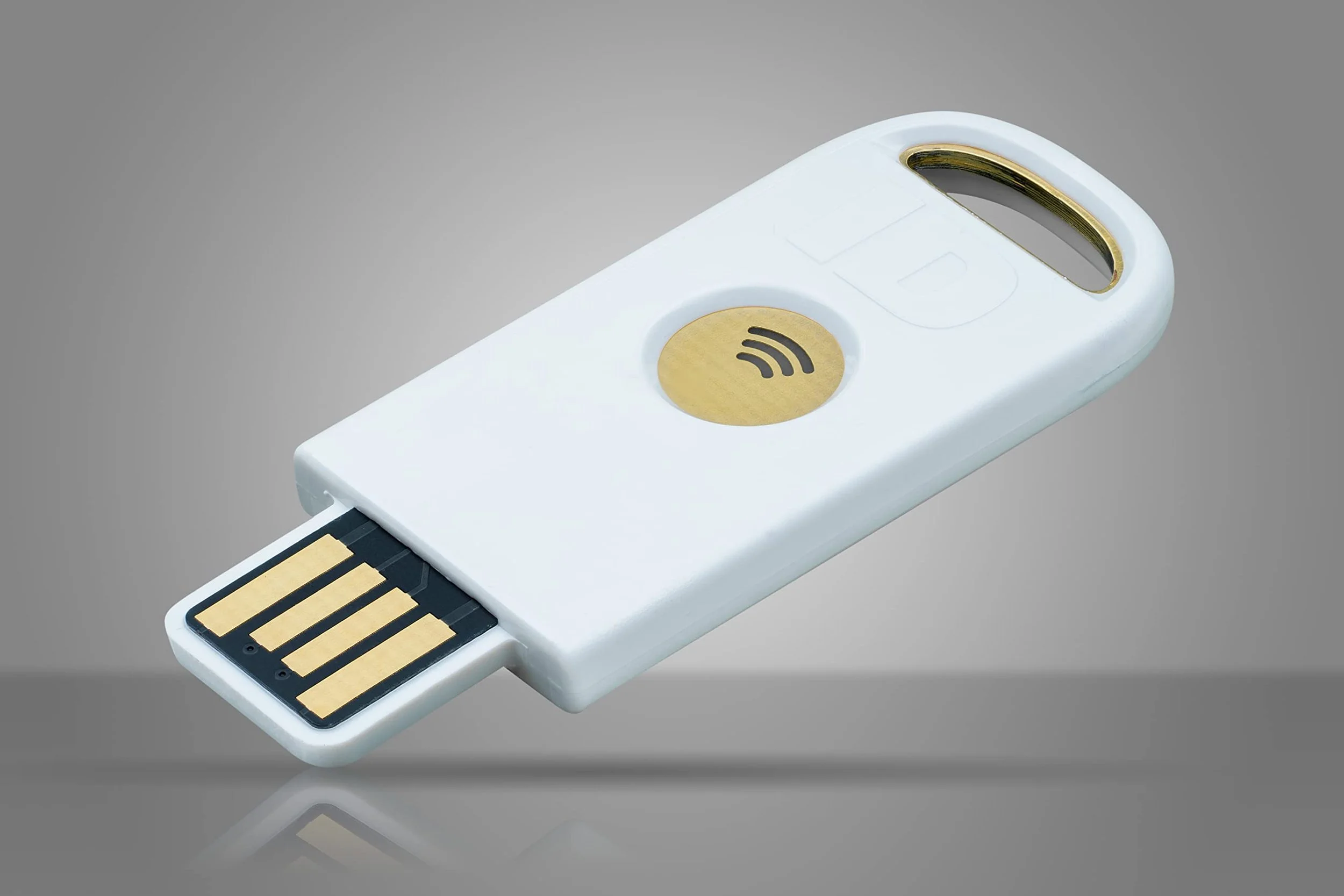The Unbreakable Shield: How FIDO Keys Can Stop Phishing Attacks in Their Tracks
In the ever-evolving landscape of cybersecurity threats, phishing remains one of the most insidious and universally effective methods for attackers to breach personal and organizational security defenses. Despite continuous efforts to educate users on the dangers of phishing and how to recognize it, the sophistication of these attacks has grown, making them harder to detect and, consequently, more successful. Enter FIDO (Fast Identity Online) keys — a powerful weapon in the war against phishing that promises to significantly reduce, if not eliminate, the risk of these types of attacks.
Understanding Phishing Vulnerabilities
Phishing attacks exploit a simple, yet critical vulnerability — human error. By masquerading as trustworthy entities, attackers trick users into divulging sensitive information, such as passwords or financial information. Traditional authentication methods, like passwords, are particularly susceptible because they rely on secret information that can be intercepted or deceived out of users.
The Rise of FIDO Keys
FIDO keys, part of the broader FIDO Alliance's push for stronger, simpler authentication methods, are physical security devices that provide two-factor authentication (2FA) or multi-factor authentication (MFA) without relying on passwords. These keys use cryptographic techniques to prove identity and consent in online interactions, making unauthorized access exponentially more difficult for attackers.
How FIDO Keys Combat Phishing
No More Shared Secrets
FIDO keys operate on the principle of public key cryptography, where the key on the device generates a pair of keys: a public key and a private key. The public key is shared with the services (like your email or bank), but the private key never leaves the device. When you authenticate, the FIDO key signs a challenge with the private key, which can be verified with the public key by the service. Since the private key is never shared, there’s nothing to phish.
User Presence and Consent
FIDO keys require the user to physically interact with the device, usually by pressing a button, to authenticate an action. This ensures that an authentication request is being made with the user's consent and not remotely initiated by a phishing attempt.
Domain Binding
One of the most effective features of FIDO keys against phishing is that the authentication response is only valid for the exact domain from which the request originated. Even if a user is tricked into a phishing site that looks identical to the legitimate one, the FIDO key won’t authenticate because the domain name doesn’t match. This effectively neutralizes the most common and successful type of phishing attack, where users are lured to counterfeit websites.
Adoption and Accessibility
The adoption of FIDO keys is on the rise, thanks to their efficacy in combating phishing and the backing of major tech companies. They are compatible with most modern web browsers and a growing list of online services. Though the cost of acquiring FIDO keys can be a barrier for some, the protection they offer, especially for accounts holding sensitive or critical information, is invaluable.
The Future of Authentication
As the digital world grows, so does the sophistication of attacks aimed at compromising personal and corporate security. FIDO keys represent a significant step forward in authentication technology, offering a robust solution to the perennial problem of phishing. By removing the weakest link in the security chain — the human tendency to be deceived — FIDO keys pave the way for a more secure digital future.
In conclusion, while no single security measure can offer complete protection against all forms of cyber threats, FIDO keys significantly reduce the risk of phishing attacks. Their unique combination of cryptographic security, user presence verification, and domain binding makes them a formidable tool in enhancing online security and protecting sensitive information from falling into the wrong hands.

